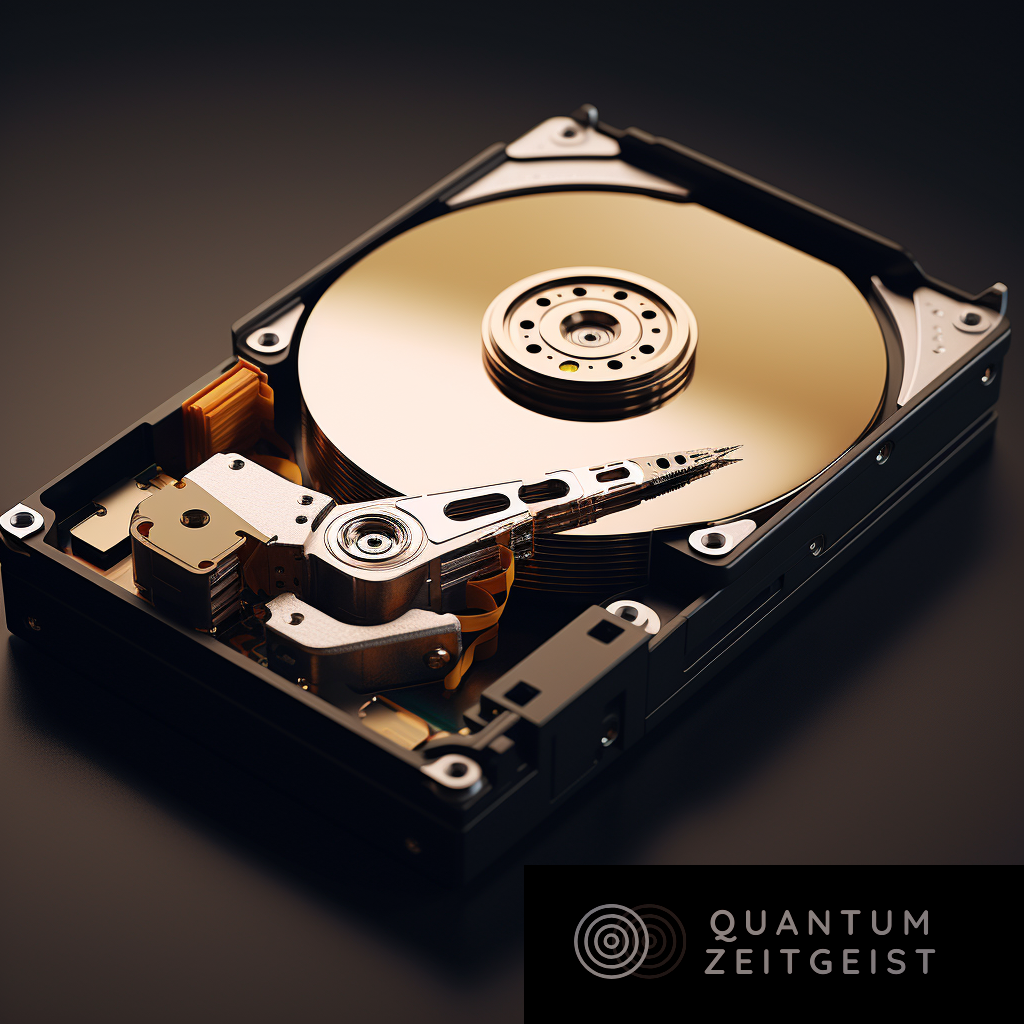Mohammad Mirhosseini, an assistant professor of electrical engineering and applied physics at Caltech, has developed a new method for storing quantum information. Published in Nature Physics, the method translates electrical quantum states into sound and vice versa, using phonons, the sound equivalent of a light particle. The research team’s solution is a tiny device that vibrates flexible plates with sound waves at high frequencies. When an electric charge is placed on these plates, they interact with electrical signals carrying quantum information. This method is compatible with established quantum devices and allows for longer storage durations. The research was partly funded by the KNI-Wheatley Scholars programme.
“These materials, however, tend to cause energy loss for electrical and sound waves, and loss is a big killer in the quantum world,”
Mirhosseini
Quantum computing, like traditional computing, requires a method to store the information it utilises and processes. This information could range from personal photos to reminders or even the words typed into a browser’s address bar. Quantum computing, being a relatively new field, is still figuring out the best methods for storing quantum information.
In a recent paper published in the journal Nature Physics, Mohammad Mirhosseini, an assistant professor of electrical engineering and applied physics, presents a new method his lab has developed for efficiently translating electrical quantum states into sound and vice versa. This type of translation could potentially allow for the storage of quantum information prepared by future quantum computers, which are likely to be made from electrical circuits.
The Role of Phonons in Quantum Information Storage
This new method utilises what are known as phonons, the sound equivalent of a light particle called a photon. The experiment investigates phonons for storing quantum information because it’s relatively easy to build small devices that can store these mechanical waves.
To understand how a sound wave can store information, imagine an extremely echoey room. If you shout your grocery list into the room and close the door, an hour later, you could open the door and hear your own voice still echoing the list. This is a simplified example of how sound waves can store information.
The Practical Application of Phonons in Quantum Information Storage
In reality, an echo wouldn’t last very long, and the voice might end up so distorted that the words are no longer recognisable. The research team’s solution is a tiny device consisting of flexible plates that are vibrated by sound waves at extremely high frequencies. When an electric charge is placed on those plates, they become able to interact with electrical signals carrying quantum information. This allows that information to be piped into the device for storage and be piped out for later use.
Previous Studies and New Developments
Previous studies had investigated a special type of materials known as piezoelectrics as a means of converting mechanical energy to electrical energy in quantum applications. However, these materials tend to cause energy loss for electrical and sound waves, which is a significant issue in the quantum world. In contrast, the new method developed by Mirhosseini and his team is independent of the properties of specific materials, making it compatible with established quantum devices, which are based on microwaves.
The Future of Quantum Information Storage
Creating effective storage devices with small footprints has been a practical challenge for researchers working on quantum applications. However, this new method enables the storage of quantum information from electrical circuits for durations two orders of magnitude longer than other compact mechanical devices. This development could potentially revolutionise the field of quantum computing and its applications.
“However, our method enables the storage of quantum information from electrical circuits for durations two orders of magnitude longer than other compact mechanical devices,”
Alkim Bozkurt
Summary
“Researchers have developed a new method for efficiently translating electrical quantum states into sound and vice versa, potentially providing a solution for storing quantum information prepared by future quantum computers. The method, which uses sound waves or ‘phonons’, enables the storage of quantum information from electrical circuits for durations significantly longer than other compact mechanical devices.”
- Quantum computing requires a method to store information, a challenge that researchers are currently addressing.
- Mohammad Mirhosseini, an assistant professor of electrical engineering and applied physics, has developed a new method for translating electrical quantum states into sound and vice versa, potentially allowing for the storage of quantum information.
- The method uses phonons, the sound equivalent of a light particle called a photon, to store quantum information. This is because it’s relatively easy to build small devices that can store these mechanical waves.
- The research team’s solution is a tiny device consisting of flexible plates that are vibrated by sound waves at extremely high frequencies. When an electric charge is placed on these plates, they can interact with electrical signals carrying quantum information, allowing the information to be stored and retrieved later.
- Previous studies had investigated piezoelectrics as a means of converting mechanical energy to electrical energy in quantum applications. However, these materials tend to cause energy loss for electrical and sound waves, a significant issue in the quantum world.
- The new method developed by Mirhosseini and his team is independent of the properties of specific materials, making it compatible with established quantum devices, which are based on microwaves.
- The research was published in the journal Nature Physics and was funded in part by the KNI-Wheatley Scholars program. Other contributors include Alkim Bozkurt, a graduate student in Mirhosseini’s group, and scientists at the Jet Propulsion Laboratory, which Caltech manages for NASA.

